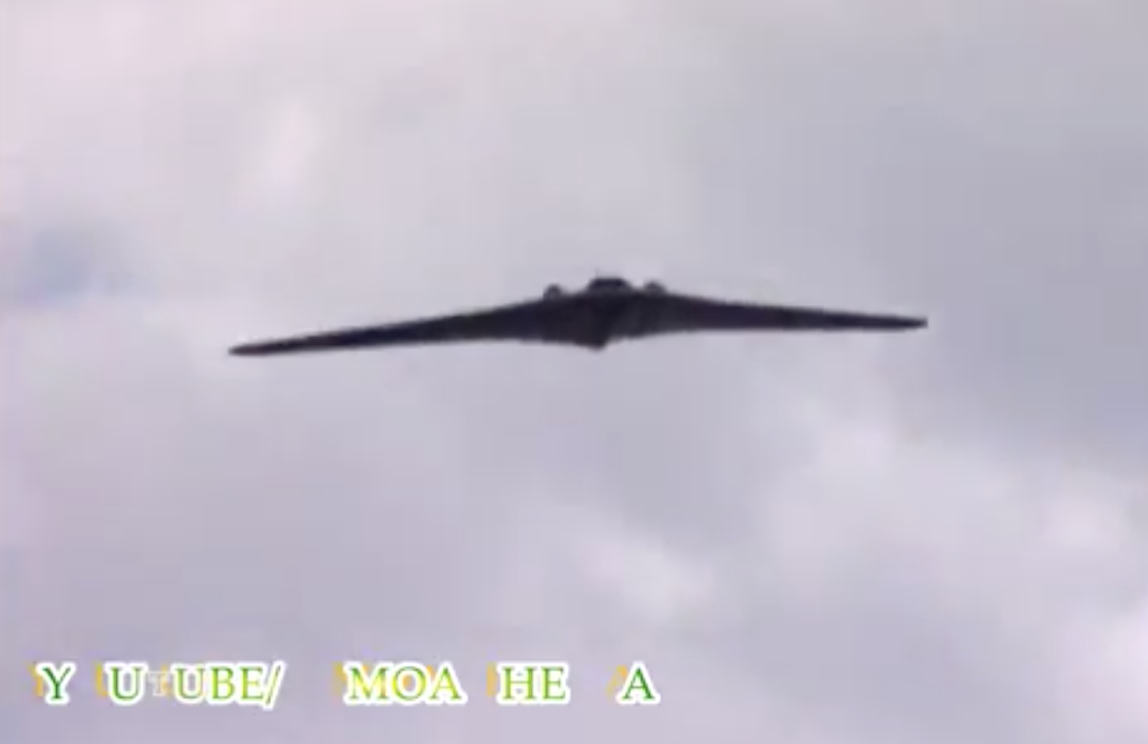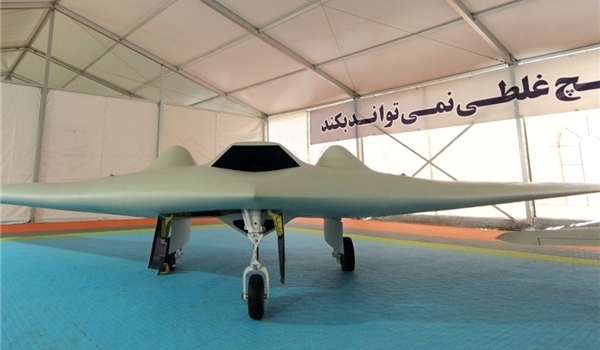
Iran claims to have test flown a domestically built copy of a Lockheed Martin RQ-170 Sentinel reconnaissance unmanned aerial vehicle (UAV) that crashed in country in 2011, according to local press reports.
“We have plans to bring into operation, at least, four indigenized RQ-170 drones for missions by the end of this (Iranian) year (March 20),” Brig. Gen. Amir Ali Hajizadeh, commander of the Iranian Revolutionary Guard Corps’ aerospace force told the state –controlled Fars News Agency on Wednesday.
The replica was allegedly reverse engineered from a Sentinel that crashed over Iran in December 2011.
Iran claimed to have brought the aircraft down via cyber warfare, and at least one U.S. official indicated to USNI News that the claim might have some validity.
Unlike the original U.S. version of the aircraft, Iran claims that their copy will have the capability to perform strike missions in addition to the reconnaissance role according to the Fars report.
“We will use it for both missions,” Hajizadeh said.
The Iranian commander also took pot shots at the United States, promising to give the country an Iranian version of the aircraft.
“We will not extradite the US RQ-170 drone since it is a (war) trophy, but if the US sanctions against Iran are lifted, maybe we will give the US an Iranian model of the drone,” Hajizadeh said.
According to Hajizadeh, the Iranian prototype is a 60 percent scale model of the Sentinel. A video of the purported Iranian RQ-170 has the look of a commercially available remote controlled aircraft.
Additionally, the sound aircraft made during takeoff is probably not the sound heard in the video.
“The audio ‘zorch’ noise is likely an F-4 or some other high performance aircraft,” Daniel Dolan — a retired P-3 Orion pilot and USNI News contributor — told USNI News on Wednesday.
Iran claims that their version of the RQ-170 uses a power plant reverse engineered from the original, however sources indicated to USNI News the aircraft is likely fitted with a modified General Electric J79 engine borrowed from a McDonnell Douglas F-4 Phantom II.
The U.S. government sold Iran more than 200 Phantoms prior to the 1979 Iranian revolution, and thus, the engines are plentiful.
However, given the small size of the Iranian machine, a more likely candidate is the General Electric J85 from the Northrop F-5 Freedom Fighter, which Iran also possesses in numbers.
In May, Iran unveiled a so-called copy of the RQ-170 at a domestic aviation exposition.

“It seems their fiberglass work has improved a lot. It also seems that if it were a functional copy, versus a detailed replica, it wouldn’t necessarily have the exact same landing gear, tires, etc,” a source with familiar with the RQ-170 told USNI News at the time.
“They would probably just use whatever extra F-5 parts or general aviation parts they had lying around.”





